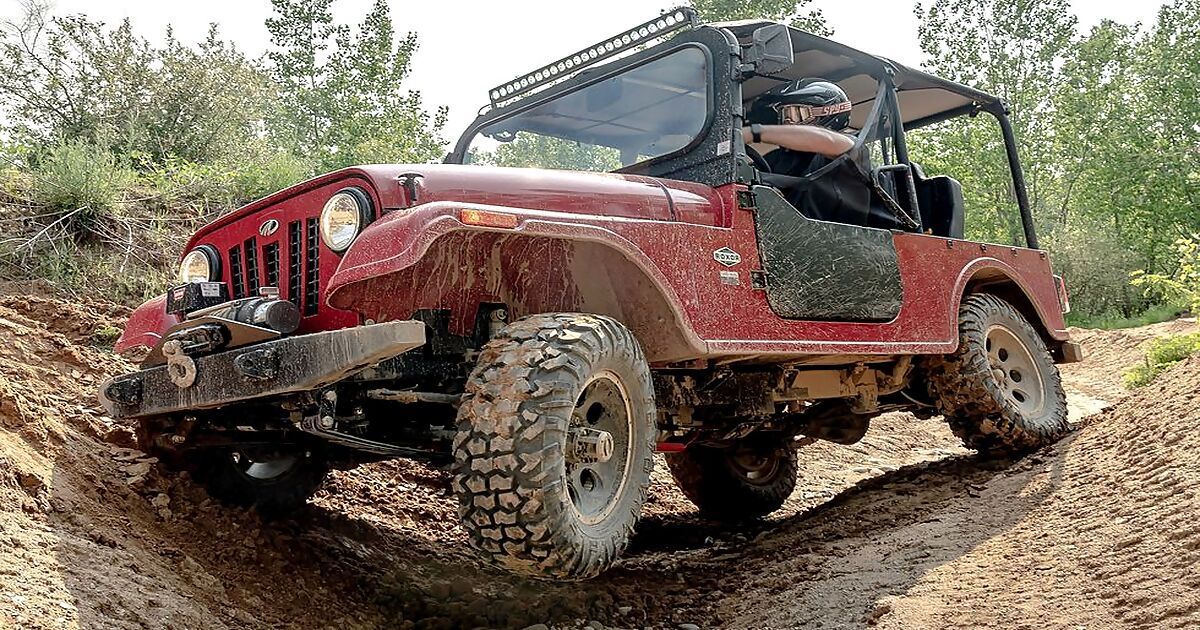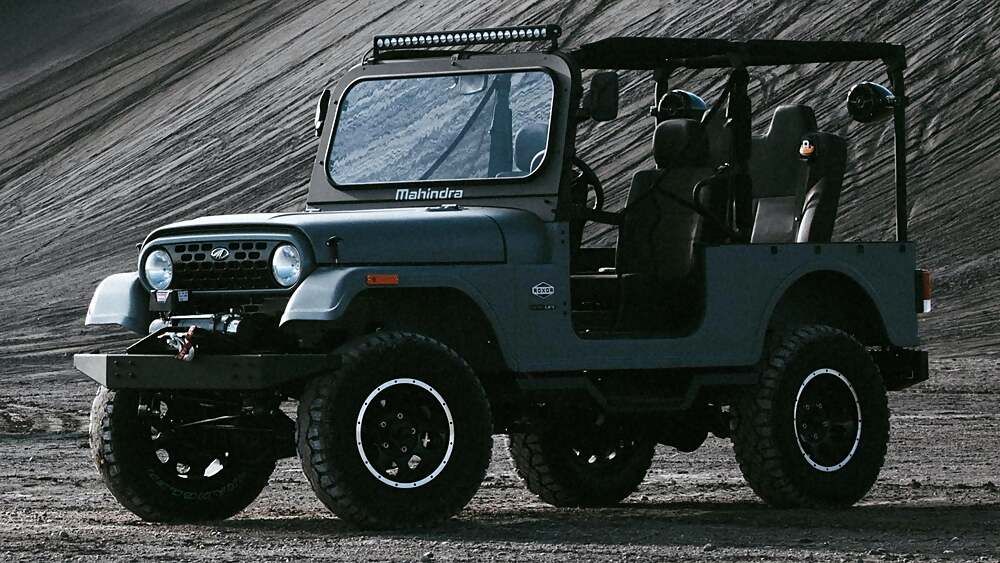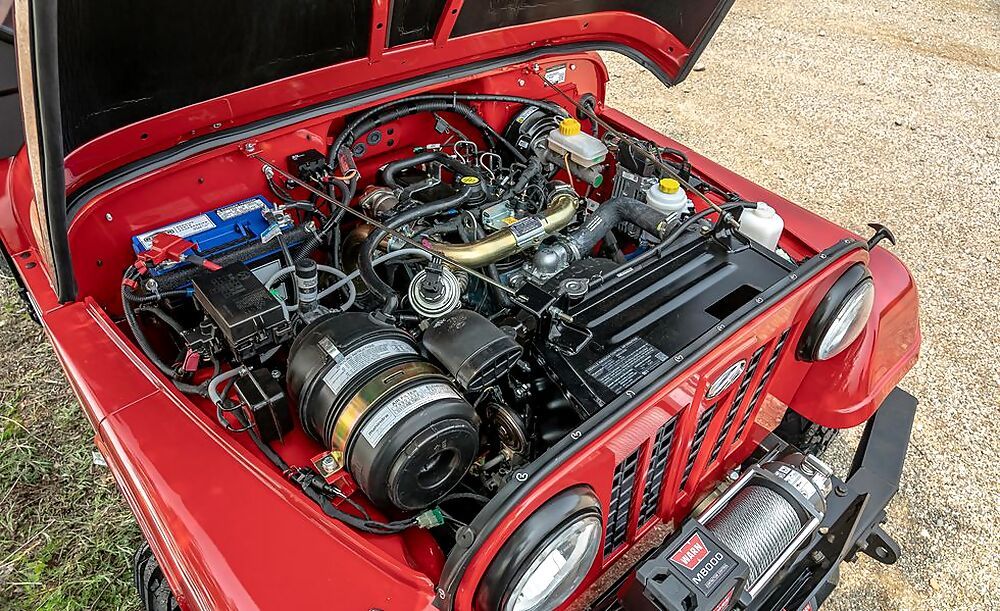Although Mahindra Automotive North American (MANA) may not be a well-known brand in the United States just yet, it is definitely an up and comer. The creator was originally an Indian company, Mahindra and Mahindra but expanded with a North American branch in 2018. Lately, they have been making headlines for their 4x4 off-road utility task vehicle (UTV), the Roxor. Despite the UTV being marketed as off-road only and not street legal, there was some dispute from competitors about the company infringing on existing makers in the states.
The Roxor has sparked controversy with the International Trade Commission after Jeep filed suit claiming that the Roxor UTV infringed on their trade dress and stole design elements. However, after some debate, it was decided that the 2021 Roxor is different enough that it can be sold in the United States. That said, it is clear that the Roxor will have ample competition from Jeep and other existing UTV and off-road brands in the United States.
Let’s take a closer look at how the Roxor compares to its competitors.
History And Conflict Of The Mahindra Roxor
The history of the Roxor goes back to the very beginnings of Jeep as a public offering. When Jeep began offering their vehicles for public use after primarily using them during war times, they began with the initial offering of the Willys CJ (civilian Jeep). The model was built by Mahindra during the 1940s for the Indian market through a license from Jeep that is still existent and allows for the company to continue to make and market under a very similar design.
Over time, Mahindra updated the vehicle and began to market it as a UTV, altering the original concept. The Roxor was originally manufactured in India and has been sold there since 2010 under the “Thar” model name. In November of 2017, however, Mahindra announced that it would begin sales in the United States of the vehicle under the “Roxor” name and would be manufacturing them in its Detroit, Michigan factory.
Almost immediately, Jeep contested the Roxor, and the United States International Trade Commission upheld that the Roxor was too close in design to Jeep’s trade dress in June of 2020, forcing Mahindra back to the drawing board to change key elements of the UTV. After an overhaul of key components such as the grille design that was determined too closely resembling the classic slated grille that Jeep is well-known for and a slight change to overall vehicle shape to move it away from the “boxy” shape of its Jeep predecessor, the Roxor was finally approved for sale in the United States beginning in 2021.
Mahindra Roxor Comparison And Stats
Roxor, as previously mentioned, is being marketed not as a competitor to Jeep exactly, as it is for off-road use only and not street legal. However, there can be no doubt that other UTV and off-road only competitors do exist for the company. Some of the biggest names in off-road and UTV sales in the United States currently offer many variations of their vehicles that challenge the skills of the Roxor.
Both Polaris, in the Ranger model and Honda, in their Talon, offer very popular UTVs that will be hard for the Roxor to upstage. A quick price comparison shows that the base models of all three shows that there are some differences in starting price. The Polaris Ranger 2-seater starts at about $9,500 MSRP, the Talon comes in at a much heftier $20,000 price tag, and the Roxor is in between the two with a starting price of around $16,000. It is important to note, however, that many of the options that an off-roader would likely desire (such as a roof) are add-ons with additional cost in the Roxor and Ranger but come standard on the pricier Talon.
The Roxor has some impressive stats that it is important to compare when deciding between it and the competing models. Each Roxor is hand-painted and spot welded, which adds an additional appeal and patina that some drivers may enjoy. Additionally, true to its origin, the Roxor is being manufactured with a two-speed transfer case and recirculating-ball steering gear.
Looking under the hood of the Roxor, you’ll find an updated engine- a Mahindra turbo-diesel 2.5 liter inline-four. The engine generates up to 62 horsepower and 144 lb-feet of torque, but the vehicle tops out at a governed 55 mph. The UTV is available in a choice of either a five-speed manual or six-speed automatic transmission, but the automatic will cost you an additional $3000 to include.
Finally, the overall body of the Roxor, while still reminiscent of the Jeep, does have its own appeal. The front axles have optional manual-locking hubs but are engaged by hand. The rear differential is electronically controlled, though. The tires are 30-inch EFX MotoVators that grip well and help to overcome rocky terrain more easily, and the intake is above the grille, making the UTV more capable of handling deeper water fording. However, with just a nine-inch ground clearance, the UTV comes in a little lower than ideal for muddy or very harsh terrain.
Overall, the Roxor will likely hold its own against competitors as fans will be drawn to the Jeep-esque look and appeal. However, there are a few cons to the ride- the lower ground clearance and price, most specifically, as well as the need to buy what should be included as add-ons. Opponents of the Roxor will also likely note that for such a hefty price tag, it is still off-road only, so it might not be worth buying over an SUV.



